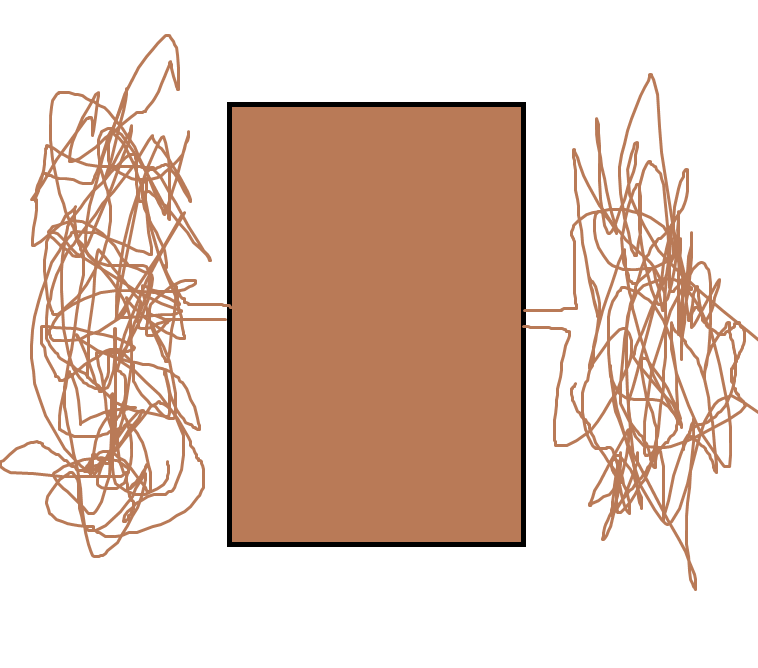
This map is somewhat less facetious than my map of Termina Field. I genuinely can’t recall anything about the layout of Stone Tower Temple beyond the central room. Past that, the map vanishes into a tangle of unremembered corridors. I do remember many of the temple’s individual rooms. And most importantly, I remember clocking the central conceit of the temple the first time I walked in: at some point, I’m going to be walking on that ceiling.
Stone Tower Temple is a small miracle of design, where the first time you traverse it you’re gathering intel for the inevitable moment when you traverse it again upside down, and the second time you traverse it you’re looking up and saying “hey, I remember that!” But the temple’s traversability depends on a design choice that’s either a compromise or a masterstroke, depending on how attached you are to Euclidean geometry. At the temple’s dramatic midway point, when you finally flip it upside down like you’ve known you would since the start, a cutscene plays that implies the temple is simply rotating 180 degrees. But the moment you step inside once again, it’s clear that this isn’t the case: the temple is now horizontally mirrored, with every point that was previously on the ceiling in its equivalent place directly below it on the floor. By rights, the map ought to be reversed, with rooms to the west of the central chamber now to the east and vice versa. Instead, the rooms maintain their relative positions.
In other words, the temple flips upside down the way you feel it should flip upside down, in spite of the fact that it’s physically impossible. Every room is the exact kind of “upside-down” you wanted it to be when you were looking up at the ceiling before. It isn’t real upside-downness: it’s the way your house would be laid out if you dreamt of it being upside down. Until you examine the map, you might not even notice. By this point in the game’s duration, you’re accustomed to a pronounced unnaturalness in the flow of time, which, even when it repeats itself perpetually, allows some tasks to remain permanently completed. Stone Tower Temple simply extends that dreaminess into the realm of geography. It’s the best Zelda dungeon of the N64 era: not in spite of how it doesn’t make sense, but because of it.

